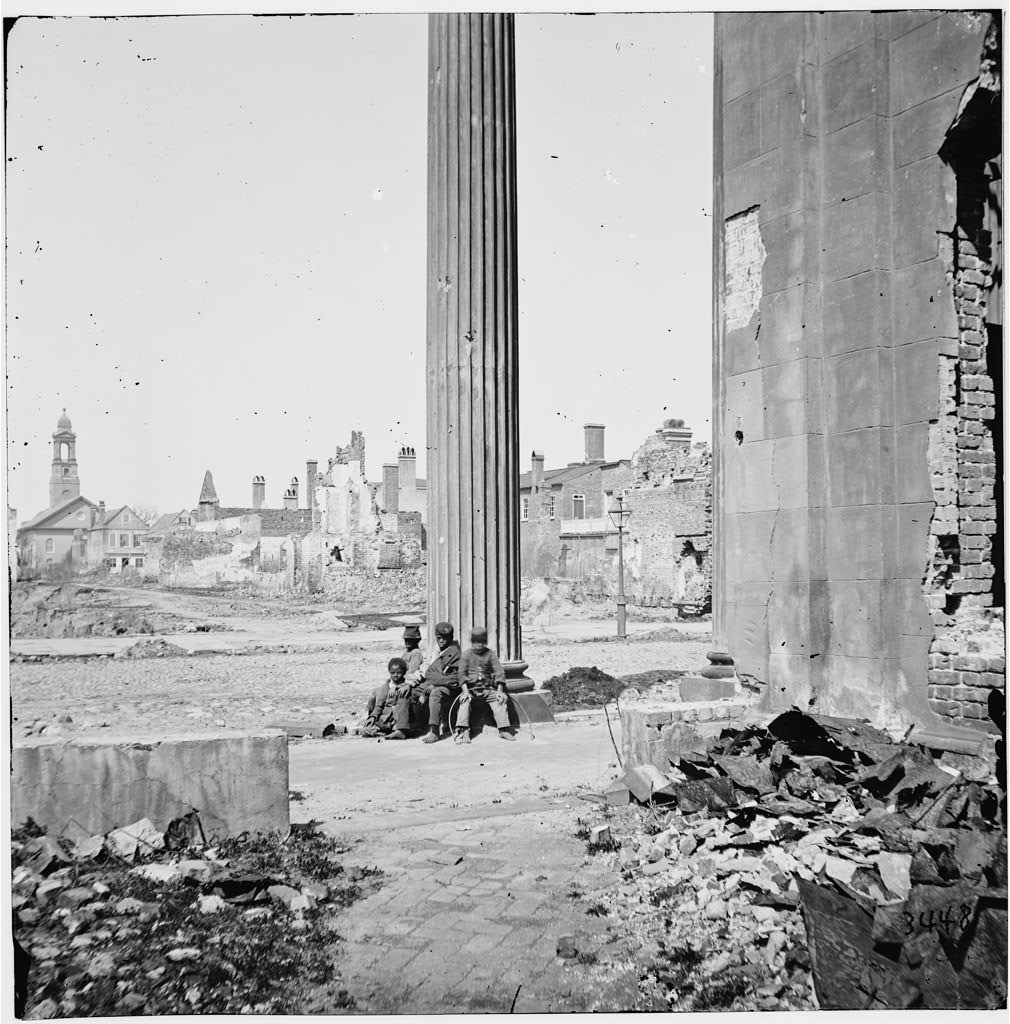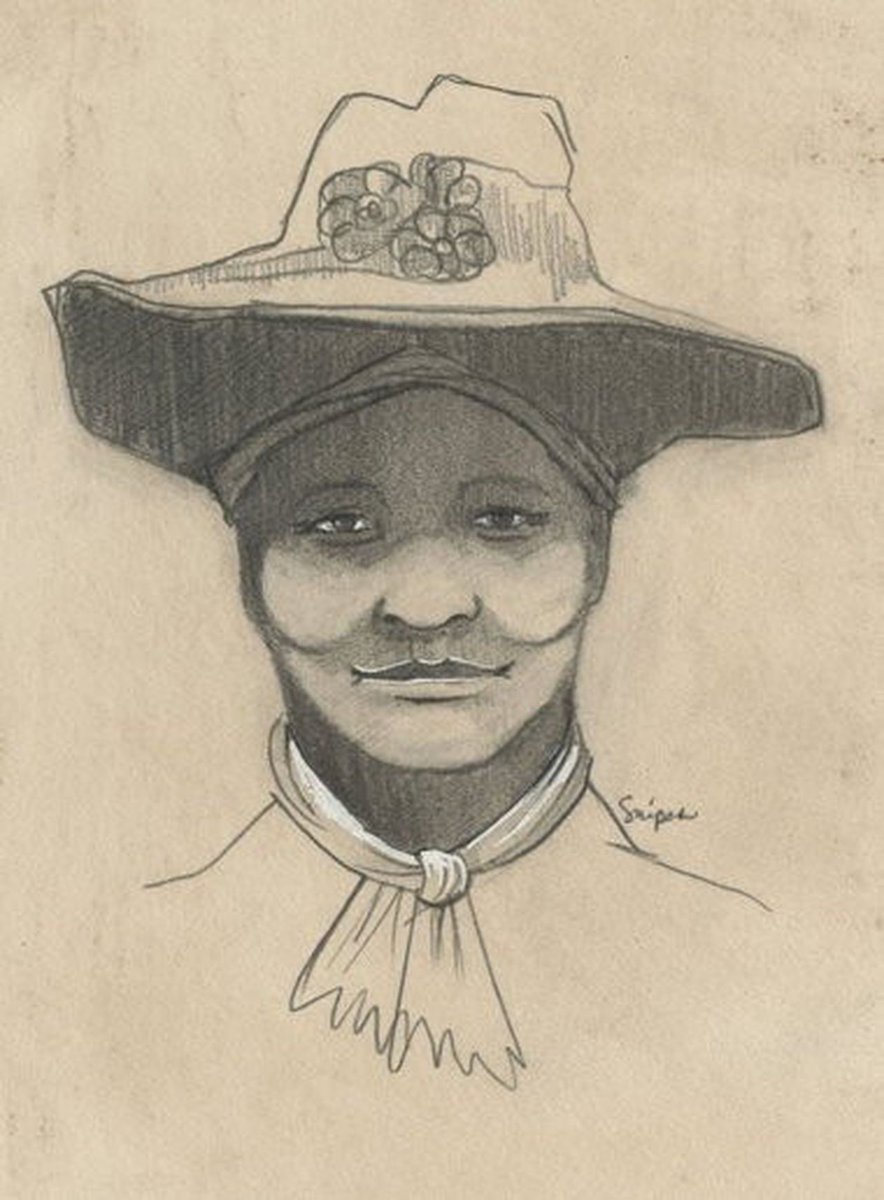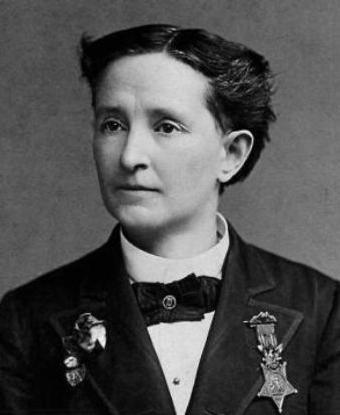
#OTD in 1884 the Chicago Tribune reported on Senate hearings regarding the Danville Massacre in Virginia. The massacre took place on November 3, 1883. The Chicago Tribune’s reporting highlights the tension between white Democrats, Black Republicans and voting at the time. 

The Danville Massacre (also referred to as the Danville Race Riot) was a violent white backlash to bi-racial democracy in Virginia during the Readjuster movement. The Readjuster Party supported legislation to help alleviate the state's debt incurred during the Civil War.
Danville had thriving majority Black population by the 1880s. Many whites in the area described Black political power as "Negro rule." The Tribune's report quoted a white witness who stated that the Readjusters imposed "the worst rule any people were ever cursed with."
As the old socioeconomic racial hierarchy continued to crumble, white Democrats in Danville became increasingly hostile to the town’s Black residents. A month prior, prominent white Democrats expressed their anger and racism in "The Danville Circular."
The Circular spread throughout the area and claimed that white people had been subjected to "injustice and humiliation" brought on by "the domination and misrule of the radical or negro party." This was a call to action in preparation for the upcoming elections.
On November 3, only 3 days before the election, violence broke out when a white man named Charles Noel struck a Black man named Henderson Lawson during an altercation. Police responded as a crowd gathered around the scene.
Noel then walked to a Democratic Party meeting and recruited two other armed white men to go back with him to confront Lawson again. The two men followed Noel back to the scene, another altercation ensued, and they fired at a Black man named George Adams.
The mostly Black crowd demanded that George Lea, the white man who fired his weapon, be arrested for carrying a concealed weapon. Then, suddenly, Lea and several other white men who came with him fired into the crowd.
Three Black men, Terry Smith, Edward Davis, and another who was not identified, were killed in the volley along with a known white Democrat named Walter Holland. Another Black man was also shot but died later from his wounds. An armed white mob began patrolling the streets.
Very few Black men voted in the elections three days later, leading to sweeping Democratic victories. A Black witness named R.W. Glass testified before Congress and was afraid to recount what he had seen. Glass stated: "I live in Danville, and have to go back there."
Still, he testified that a group of 300-400 armed white men roamed town in search of Black men to kill in the aftermath of the shooting. Glass claimed some white men in the mob say they were going to hold the election "by de point ob de gun."
The Chicago Tribune reported that George Lea claimed he "feared for the safety of the wives of the whites because of threats he heard that on election-day while the white men were fighting the negroes at the polls the negroes would be murdering the women in their homes."
Lea's testimony is a classic example of how many whites and the Democratic Party demonized Black people in order to justify their actions. And it worked. Black voter turnout plummeted and Democrats won decidedly by using violence to keep Black men from the polls.
A Black witness named John Stone testified that the Black community largely stayed home on Election Day. He asked people in the Black community to vote but claimed they refused, "saying they were not going to be slaughtered."
In the decades after the Danville Massacre the dominant narrative blamed the Black community their white Readjuster allies for the murders. After all, the massacre had helped reaffirm local white supremacy, which was the goal of the Democratic Party all along.
According to a newspaper in Richmond called the Daily Dispatch, the Black population of Danville had been taught a lesson that would "not be lost upon them, nor upon their race elsewhere in Virginia." Nobody was ever arrested, tried, or convicted for the murders in Danville.
You can read the Chicago Tribune's report here: encyclopediavirginia.org/entries/the-da…
#BHM #BHM2022 #BlackHistoryMonth #Blackhistorymonth2022 #BlackHistoryISAmericanHistory #Blackhistorymonth2022 #USHistory #AmericanHistory #OnThisDay #TodayInHistory #VirginiaHistory #twitterhistory #History
#BHM #BHM2022 #BlackHistoryMonth #Blackhistorymonth2022 #BlackHistoryISAmericanHistory #Blackhistorymonth2022 #USHistory #AmericanHistory #OnThisDay #TodayInHistory #VirginiaHistory #twitterhistory #History
• • •
Missing some Tweet in this thread? You can try to
force a refresh










